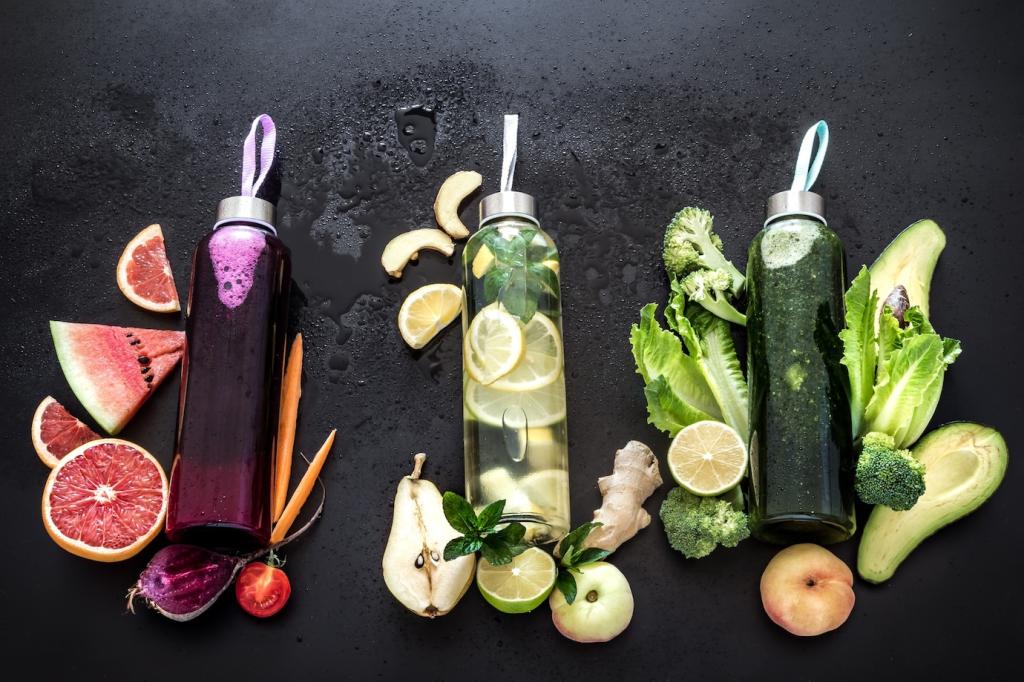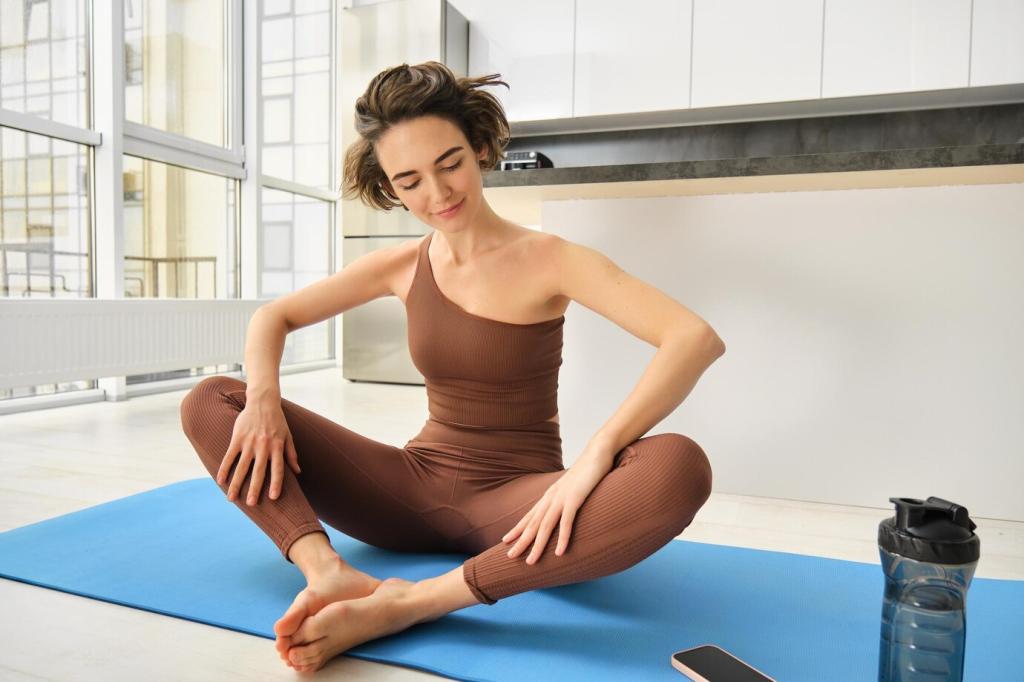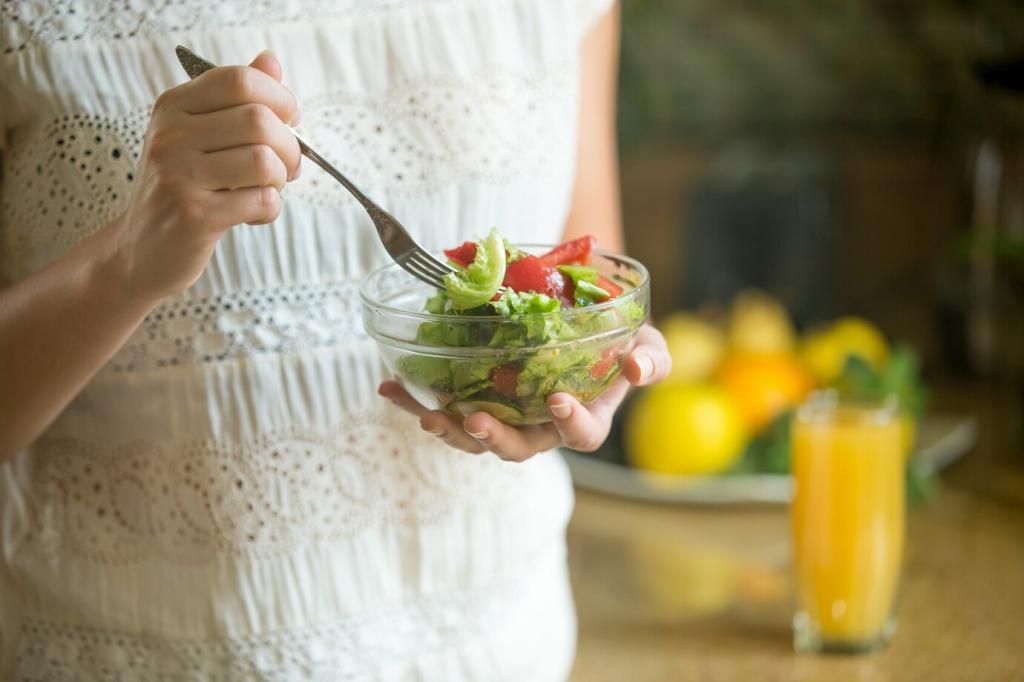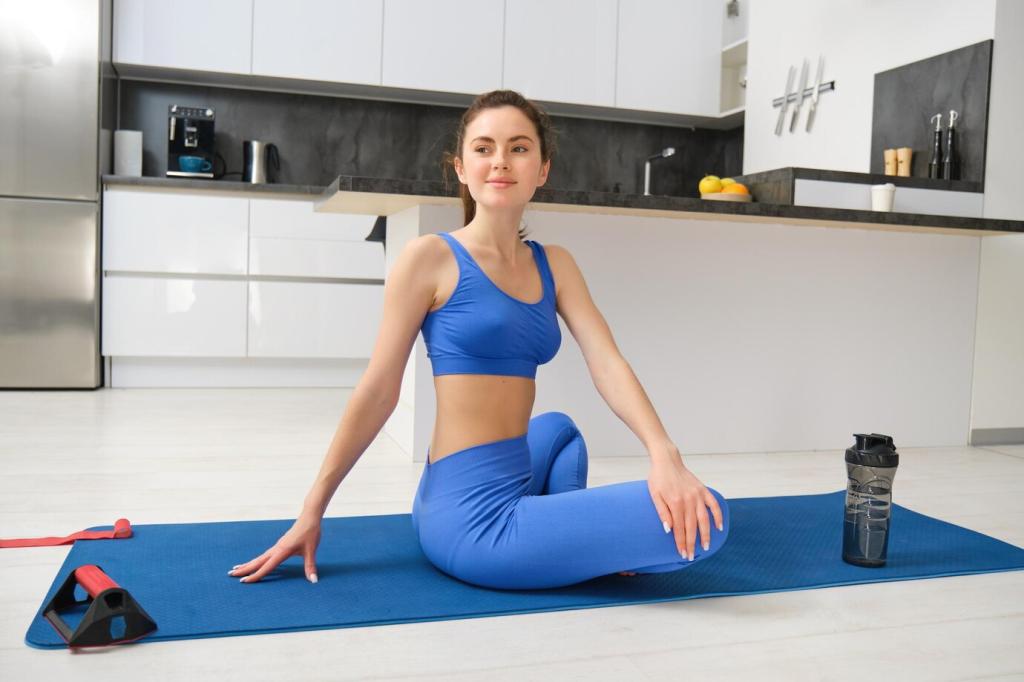
Yoga-Friendly Nutrition: Foods to Support Flexibility
Selected theme: Yoga-Friendly Nutrition: Foods to Support Flexibility. Welcome to your nourishing home base for bending with ease, breathing with clarity, and fueling your practice with foods that keep joints supple, muscles relaxed, and movement fluid. Subscribe to join our flexibility-focused community.
Flexibility Essentials: Nutrients That Help You Bend and Breathe
Vitamin C helps your body produce collagen, the structural protein that supports tendons and ligaments. Add citrus, kiwi, bell peppers, and berries to assist connective tissue integrity, helping hamstrings release more comfortably during forward folds and hips feel safer in deep openers.

Flexibility Essentials: Nutrients That Help You Bend and Breathe
Magnesium encourages muscle relaxation and nerve balance, making it easier to soften into poses without cramping. Enjoy leafy greens, pumpkin seeds, cacao, and legumes. Many yogis notice fewer nighttime calf tightness episodes and smoother morning sun salutations with steady magnesium intake.
Before the Mat: Light, Steady Energy for Fluid Movement
Choose simple, easily digestible carbohydrates about sixty to ninety minutes before class. A banana with a spoon of almond butter or a small bowl of oats with berries supports comfortable stretching and stable focus through balances and longer holds.
Before the Mat: Light, Steady Energy for Fluid Movement
Heavy fats and excess fiber can slow digestion right when you need mobility and ease. Keep portions modest: a small yogurt, a rice cake with hummus, or a smoothie with greens ensures energy without belly heaviness during deep twists.
Before the Mat: Light, Steady Energy for Fluid Movement
Arrive hydrated, not water-logged. Sip water steadily through the morning, and add a pinch of mineral-rich salt or a squeeze of citrus. This supports circulation, joint lubrication, and steadier breath during heat-building flows and extended hip openers.


After Savasana: Recovery Foods for Supple Tissues
Support tissue repair with complete protein and collagen-building nutrients. Combine lentils with quinoa, add vitamin C–rich vegetables, and consider glycine-rich foods like beans. Many practitioners report fewer post-class aches and steadier progress in backbends with consistent recovery protein.
After Savasana: Recovery Foods for Supple Tissues
Build a bowl with turmeric quinoa, steamed greens, roasted sweet potato, avocado, and a sprinkle of hemp seeds. The balance of complex carbs, healthy fats, and phytonutrients reduces stiffness and nurtures flexibility gains from intense hamstring or shoulder mobility work.
Spice and Color: Anti-Inflammatory Allies for Range of Motion
Turmeric with Black Pepper Boost
Curcumin in turmeric is more bioavailable with black pepper. Add both to soups, smoothies, or golden milk. Over time, many yogis notice easier hip rotations and gentler shoulder sensations during binds and extended heart-opening sequences.
Ginger for Warmth and Circulation
Ginger’s warming nature supports circulation, helping muscles feel pliable. Brew tea with lemon, blend into a post-class smoothie, or grate into stir-fries. A warm core often translates into safer, more comfortable depth in seated folds and twists.
Eat the Rainbow for Resilient Tissues
Variety matters. Berries, leafy greens, cruciferous vegetables, and orange roots deliver antioxidants that support recovery. Notice how consistent color in your plate can transform your practice from tight and tentative to fluent and adventurous.



Hydration, Electrolytes, and Fascia Health
Fascia thrives on hydration. Sip regularly throughout the day rather than chugging before class. Consider herbal infusions for gentle flavor. Well-hydrated tissues feel springy, often allowing deeper lunges and more ease in dynamic transitions.
Hydration, Electrolytes, and Fascia Health
Sweaty flows can deplete electrolytes. Lightly salt your meals and enjoy potassium-rich foods like bananas, potatoes, and coconut water. Balanced electrolytes support nerve signaling, reducing foot cramps during balances and calf tightness in downward dog.



